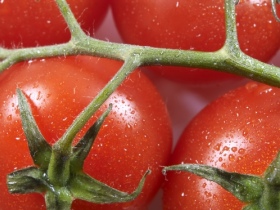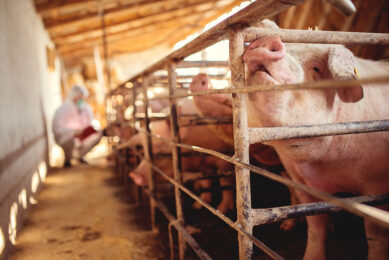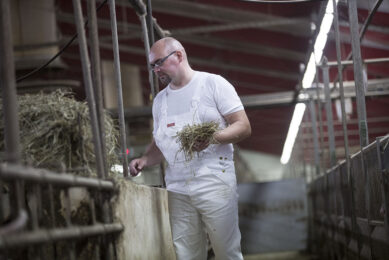Danish develop project for pigs and tomatoes

Danish scientists are developing plans for a housing unit with pigs at ground level and tomato plants in greenhouses on the first floor, in Galten near Århus in Denmark.
The project is one of a number that came out of the Danish financial institution, Realdania’s contest for agricultural buildings of the future and is about to materialise.
The so-called ‘Pig City’ concept hinges upon reducing CO2 emissions and making pig farming sustainable and odour-free.
Most modern pig complex
One of the pig farmers behind the idea is Søren Hansen who plans to create Denmark’s most modern and energy-efficient food production complex – in this case, by combining an annual production of around 20,000 finishers with 1,100 tonnes of tomatoes.
“The idea is that the greenhouses will benefit from the heat generated from the pigs while the manure will be used as fertiliser. The end result is CO2-neutral and odour-free pig production,” he explains.
Welfare benefits
With tomatoes needing fertiliser to grow and pig manure containing phosphate and ammonia, the synergy effect is obvious. Job rotation is also envisaged which will mean that employees will have a better working life, an important aspect when it comes to attracting and retaining agricultural workers.
Pig City will be operate on a farrow-to-finish principle. Animal welfare benefits include larger stalls, straw for sows during the period up to farrowing and loose housing systems for sows. In addition, because the system also includes an abattoir, there is no risk of the pigs becoming stressed during transportation to the abattoir.
Biogas and slurry separation
In terms of the environment, a biogas and slurry separation plant will be designed so as to maximise their financial and environmental impact. The biogas plant will be supplied by slurry and production waste and any surplus energy will be used to heat the greenhouses. The purified liquid faction from the separation plant will be used to water the plants.
Søren Hansen expects construction to start in the near future. “We haven’t got the financing in place yet, but we’re in the process of drawing up a budget and getting approval from the authorities. If everything falls into place, we hope to get started on the building in the spring of 2010 so the first pigs can be ready in 2012.”
Opening
Plans are for Pig City to be open to the general public so that the many facets of food production can be viewed at close hand. There will also be a farm shop and learning centre.
“The project demonstrates how agricultural production can be combined with respect for animals, humans and the environment with greater profitability,” says architect Nee Rentz-Petersen, who is co-ordinating the project.
In summary the direct benefits for the pig production are as follows:
• No bad smells from the housing units
• No environmental discharge of ammonia and other fertilizers via exhaust fumes
• Surplus energy and heat generated from the biogas system cam be directly used locally (and not wasted as in the case with many currently established decentrally located biogas units)
The project is developed by a Danish team of progressive farmers, architects like Gottlieb Paludan Architects and architect Nee Rentz-Petersen, engineers and agriculture experts from AgroTech with financial support by the Realdania foundation.
Related websites:
• Realdania
• Gottlieb Paludan Architects
• AgroTech











